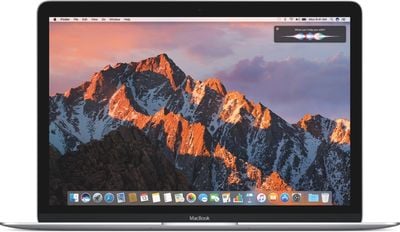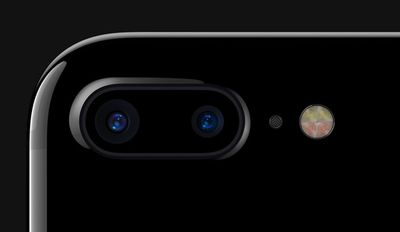As a lifelong swimmer, I found the addition of 50-meter water resistance and swim workout tracking in the Apple Watch Series 2 to be a welcome improvement that made the new watch a must-have upgrade for me. While the original Apple Watch was not rated for swimming, many users had no issues regularly using it in the water, although its lack of built-in swim tracking features limited its usefulness.
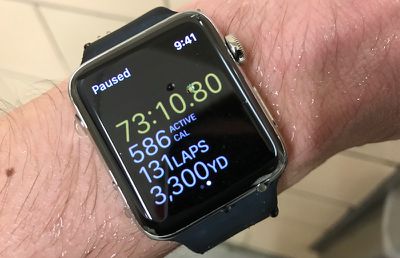
With Apple Watch Series 2, Apple has not only upgraded the water resistance with new gaskets and seals to make it suitable for swimming, but added new Pool Swim and Open Water Swim workouts to help track your progress. As part of the Apple Watch Series 2 introduction earlier this month, Apple highlighted how it worked with swimmers in the company's fitness labs to develop the software to accurately track swim workouts, from using the accelerometer in the watch to measure arm movements to tracking energy expenditures during workouts.
So how well does the new Apple Watch work when you take it for some swims in a pool? Let's take a look.
➜ Click here to read rest of article...


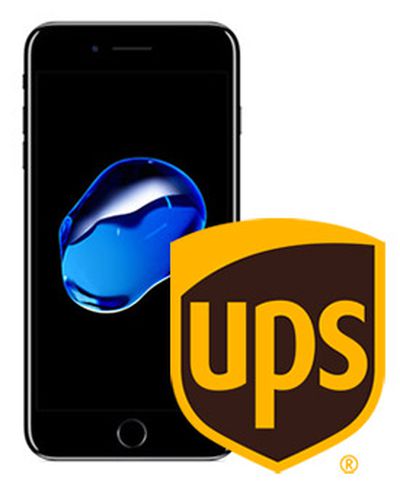 Yesterday, we reported that some iPhone 7 and iPhone 7 Plus shipments have
Yesterday, we reported that some iPhone 7 and iPhone 7 Plus shipments have 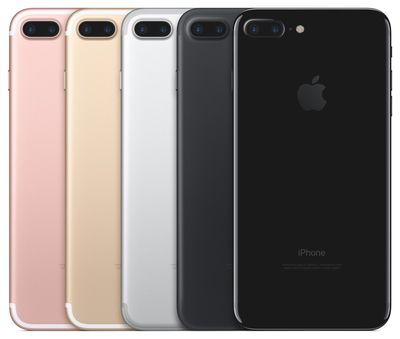

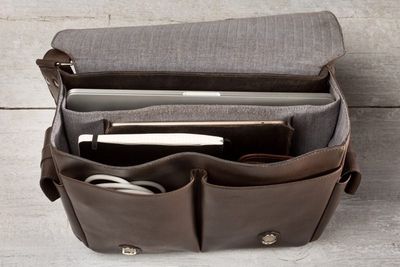
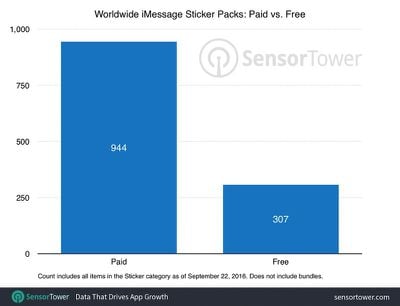
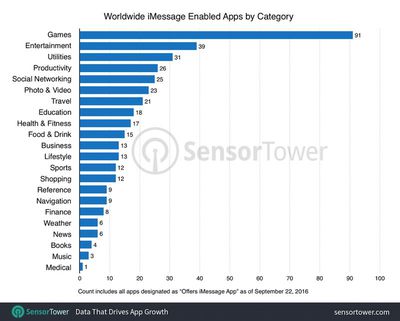
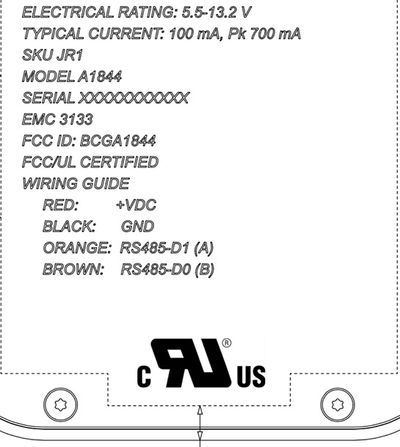
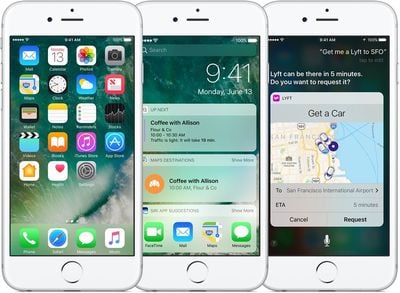
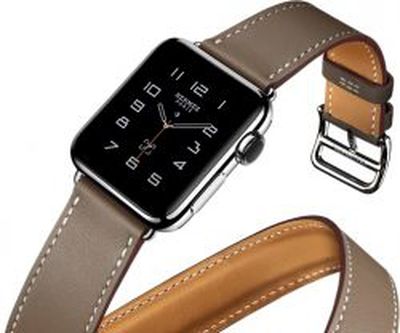

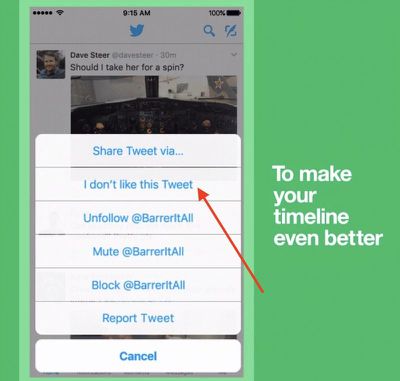


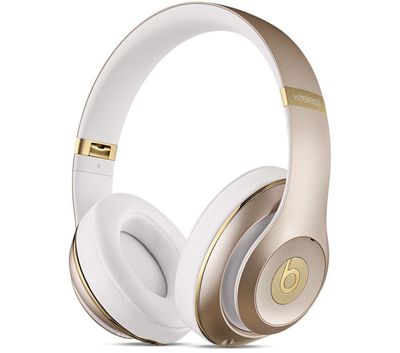
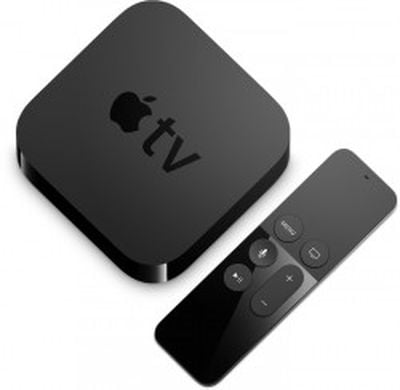 Earlier this year, Apple introduced a new Live Tune-In feature for Siri, which allows the personal assistant to go directly to a live channel in a supported app. As of today, Live Tune-In has gained support for ABC News, letting Siri open up live news broadcasts when commanded to do so.
Earlier this year, Apple introduced a new Live Tune-In feature for Siri, which allows the personal assistant to go directly to a live channel in a supported app. As of today, Live Tune-In has gained support for ABC News, letting Siri open up live news broadcasts when commanded to do so.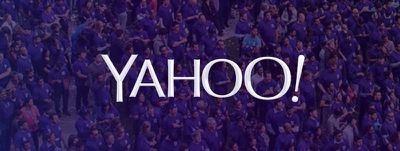
 Apple recently acquired its third machine learning company since 2015, purchasing India-based company Tuplejump, reports
Apple recently acquired its third machine learning company since 2015, purchasing India-based company Tuplejump, reports 